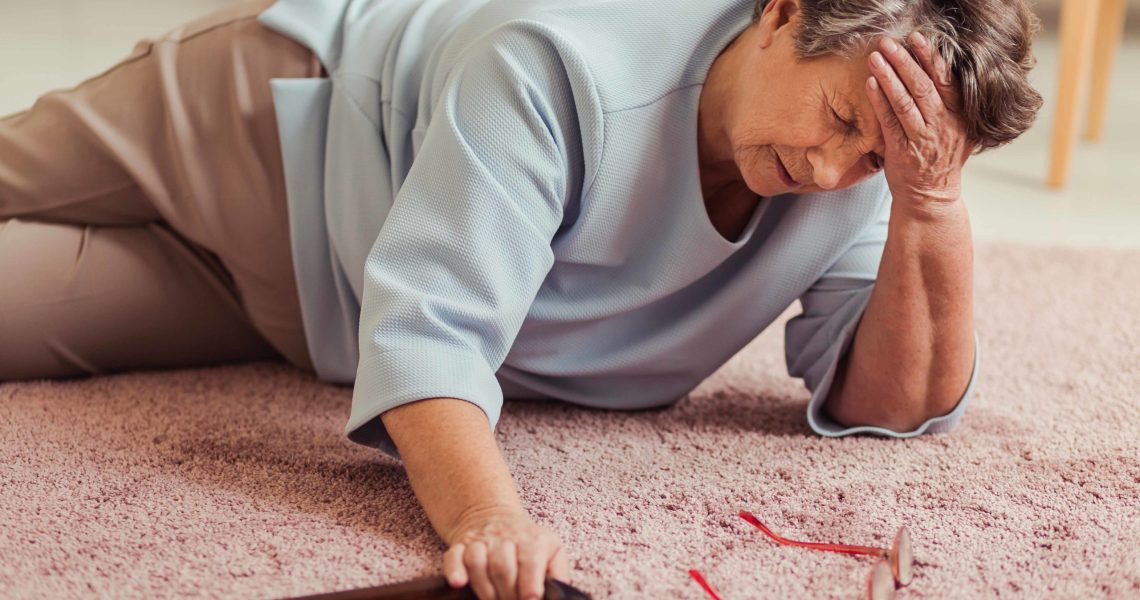
Dcare again presented on the RTBF TV news about the subject of artificial intelligence at the service of seniors
Dcare appeared in a TV report on the RTBF news about the use of artificial intelligence to improve the safety of seniors.

Falling is a common event among seniors, but it can have serious consequences on their health and quality of life, especially when they live alone. According toWorld Health Organization statistics, about one-third of people over the age of 65 fall each year, and this figure rises to 50% for people over 80. Falls are the leading cause of injury and hospitalization among seniors, and they can also have psychological consequences, such as the fear of falling again.
The risk of falls in seniors can be caused by a combination of factors, including decreased muscle strength and balance, vision problems, walking problems and side effects of certain medications. Falls can occur at any time, but are most common at night or in the early morning when seniors are still drowsy or getting up to go to the bathroom.
The consequences of a fall can be serious and may include physical injuries such as fractures, bruises, sprains, dislocations and cuts. These injuries can result in prolonged hospitalization, physical rehabilitation and temporary or permanent disability. Seniors who fall may also develop a fear of falling again, which can limit their mobility and ability to perform activities of daily living, such as shopping or going out for recreation. The consequences of a fall can also affect the quality of life of seniors. Seniors who fall may feel more socially isolated, as they are afraid to go out and meet people for fear of falling again. This isolation can impact their mental well-being, increasing their risk of depression and anxiety.
There are several steps seniors can take to prevent falls and reduce their risk. Regular exercise programs can help strengthen muscles and improve balance, which can reduce the risk of falls. Health care professionals can also help by assessing patients' fall risks and providing advice on modifications to the home environment to make it safer. These modifications can include non-slip mats, handrails, grab bars, brighter lighting, and eliminating obstacles in hallways.
A very good alternative is the modern innovative solutions such as the Dcare solution. Particularly adapted to people living alone and wishing to remain at home, it allows to quickly and automatically alert selected caregivers who can quickly intervene in case of a fall and limit the consequences, both psychological and physical. These solutions allow seniors to remain at home and remain independent for longer, thus delaying their entry into a specialized institution. In the event that institutionalization is unavoidable, these solutions also allow for the perpetuation of the care received by allowing the staff to quickly take charge of any incident and without the need to resort to numerous intrusive and ineffective devices.

In conclusion, a fall is a common event among seniors that cannot always be prevented. However, its consequences on mental and physical health or their quality of life can be limited when quickly and effectively managed.
Sources: WHO - educationsante.be

Dcare appeared in a TV report on the RTBF news about the use of artificial intelligence to improve the safety of seniors.

RTBF writes and quotes Dcare on the subject of technologies to help seniors age well at home.